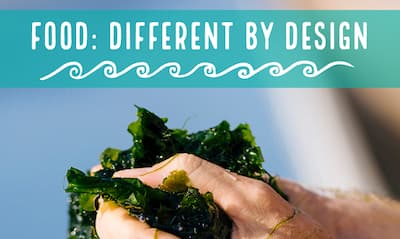Food: Different By Design (Geography)

Produced By:
MSC
States:
Qld, NSW, SA, NT, ACT, Tas, WA
Aimed at:
Year 7
- 8
Curriculum 8.4
ACHGK037, ACHGS047, ACHGS049, ACHGS054
Curriculum 9.0:
Lesson Type:
Subjects:
Keywords:
MSC, sustainability, food system, environment, environmental impact, seafood production, aquaculture, pollution, responsible, overfishing, bycatch, bycatch reduction, sustainable fishing,
Food: Different By Design (Geography)
The ocean is full of mysteries, but one thing is for certain – it holds an abundance of seafood, providing food for millions of people all over the world. The seafood industry is an essential part of our global economy, but it’s crucial that it operates in a sustainable manner. This 60-80 minute teacher resource is designed to educate students, ages 12 and up, on the ways in which seafood production can be sustainable.
This lesson plan is an exciting opportunity for students to delve into the innovative world of sustainable seafood production. They will learn about aquaculture and wild fishing, and how new technologies and practices are being developed to minimize pollution and entanglements with marine wildlife. The focus of this lesson is on the future and the role that students can play in shaping it. They will gain a deeper understanding of the importance of sustainability in seafood production and see that with the right approach, we can ensure a bright future for the industry and for our oceans.
The lesson is a hands-on, engaging experience that will give students the chance to think critically about the impact of their food choices on the environment. This teacher resource is an excellent way to align with the science and technology curriculum, while also addressing important environmental issues. By the end of the lesson, students will be equipped with a deeper understanding of the challenges facing the seafood industry and the innovative solutions that are being developed to overcome them. So, let’s lift the lid on the world of sustainable seafood production and start a conversation about the future of our oceans.
